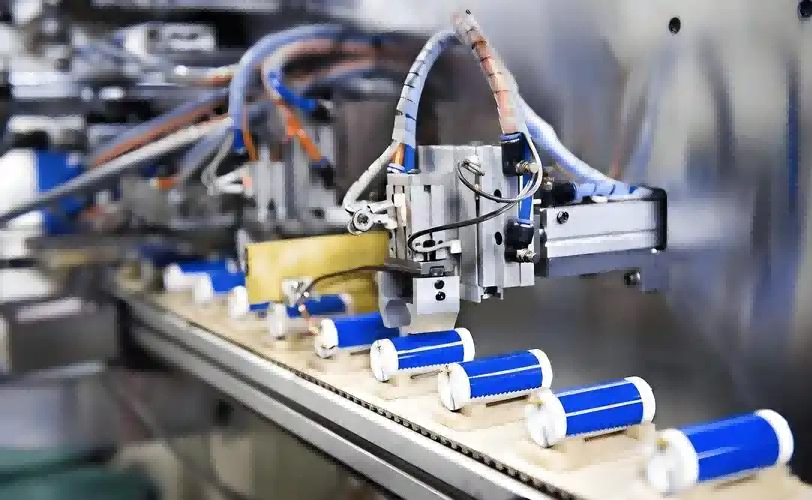
In the realm of lithium battery manufacturing, understanding the intricate production process is vital. Let's delve into each stage of production, unraveling the complexities of creating these essential power sources.
Mixing, also known as homogenization or batching, initiates the journey. Key components like positive and negative active substances, conductive agents, adhesives, and solvents are meticulously combined to form non-Newtonian fluids. This process involves precise control of feeding sequences, stirring, vacuum conditions, and temperature. The resulting mixture meets strict viscosity and particle size criteria, laying the groundwork for battery production.
Coating, often termed as slurry coating, plays a pivotal role. The mixed slurry is evenly applied onto collectors, forming electrode pole pieces. Techniques such as continuous or intermittent coating ensure uniformity. Control parameters like area density and moisture content are meticulously monitored to achieve desired outcomes.
Pressing, or rolling, is the next step. Coated products undergo compression between steel rollers to attain specified thickness. Factors such as feed angle, pressure, and rolling speed are optimized to enhance electrode density and conductivity without compromising structural integrity.
Slitting, also referred to as cutting, divides coated pole pieces into multiple sections. The process demands precision in cutter quality, angle, and tension to ensure uniformity and efficiency.
Tab forming involves shaping pole lugs to designated dimensions. Controlled engagement between cutter dies ensures accurate formation, crucial for subsequent assembly stages.
Winding, tailored for cylindrical, square, or soft pack batteries, involves rolling electrodes and separators into a compact cell. Careful control of speed, tension, and size ensures proper electrode alignment and prevents internal short circuits.
Vacuum baking, essential for moisture control, safeguards battery integrity. Precise adjustment of vacuum levels, temperature, and duration ensures thorough drying with minimal energy consumption.
Tab welding secures pole lugs and collectors, vital for battery stability. Ultrasonic welding, with its molecular fusion principle, ensures robust connections, influenced by various parameters like pressure and frequency.
Packaging, whether metal shell or aluminum-plastic film, safeguards battery components. Each step, from welding to sealing, is meticulously executed to prevent leakage and ensure product integrity.
Leak testing, utilizing negative pressure or helium detection methods, ensures airtight seals. Thorough testing is imperative to prevent moisture ingress and maintain battery performance.
Electrolyte injection facilitates lithium ion movement within the battery. Precise control of injection parameters ensures optimal electrolyte distribution and performance.
Formation, the initial charge and discharge cycle, optimizes electrode performance and SEI formation. This critical step influences battery characteristics like capacity and internal resistance.
Aging, post-formation, stabilizes SEI composition through normal or high-temperature processes. It ensures long-term electrochemical stability and reliability.
In conclusion, the production journey of lithium battery cells is a meticulous and multifaceted process. Each stage, from mixing to aging, contributes to the creation of reliable and efficient energy solutions.
Contact Person: Miss. Elsa Liu
| WhatsApp : | +8617763274209 |
|---|---|
| Skype : | +8617763274209 |
| WeChat : | 17763274209 |
| Email : | Elsa@lifepo4-battery.com |